Margo Taussig Pinkerton and Arnold Zann have a contagious enthusiasm for the art of photography. Once you speak with them about their passion for photography, you can’t wait to pick up your camera, learn all that you can and join them in the pursuit of creating some incredible images of your own.
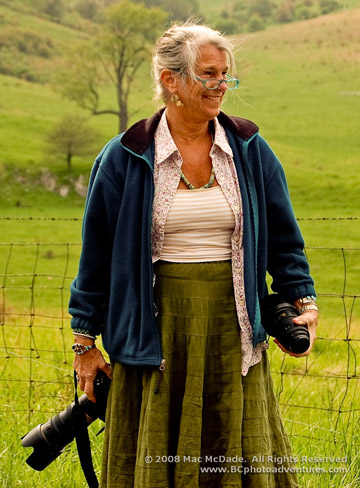
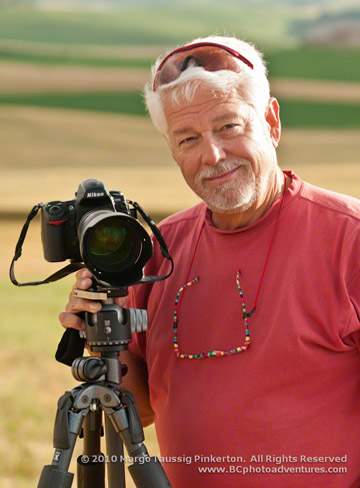
Combined, Margo and Arnie have put in 75+ years in their chosen fields as professional photographers. Both have won numerous photo awards, with their images appearing as corporate images, stock images and in either private collections, museums, calendars, coffee-table books and a plethora of magazines such as GEO, National Geographic Traveler, LIFE, and Time.
They singularly and together bring excitement, joy and laughter into a “picture perfect” world, so it makes complete sense these two photographers and world travelers have joined forces to teach, to mentor and to encourage others to become better photographers.
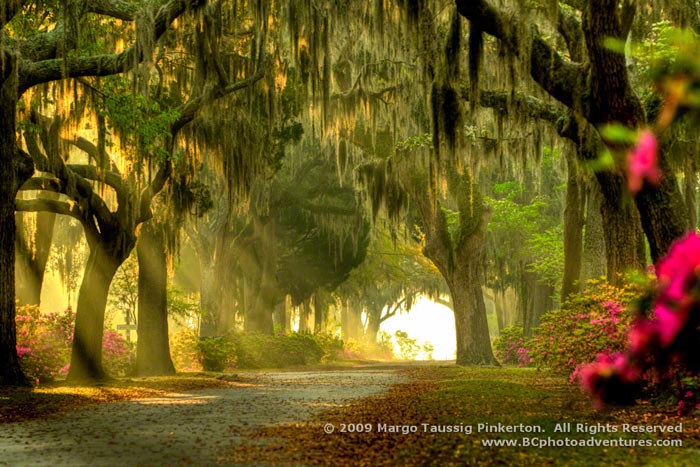
Savannah, Verdana
Let’s delve into their world and see what makes them tick.
Q. The obvious first question, at least to me, is, when and how did the two of you meet? Was it photogenic love at first sight?
A. Yes, but we had other lives, so while we met back in the latter 80s, we did not get together until the mid-90s. We actually met at a board meeting in Chicago. I was on the national board of ASMP, and Arnie was on the chapter board. We met through a mutual friend.
Q. What have you photographically taught each other and what have you learned from each other over the years? Has that process changed with time?
A. One cannot live, eat, work, and breathe with one another without influencing the other. First, we are continually challenging each other to do better. Of course, there is no competition between us! Arnie tends to go back to his photo-journalism beginnings and photograph wide, while I am apt to home in on a subject a lot more. Over time, we are known to take the opposite point of view. My mother used to say, “Now, that’s yours, and this is Arnie’s.” and I would agree. After some time, she would say the same thing, and we would respond with, “No, that’s actually Arnie’s” or “Nope, that’s mine.”
To list what we have learned from each other would be incomplete, but what I will say, is that we continually strengthen one another.
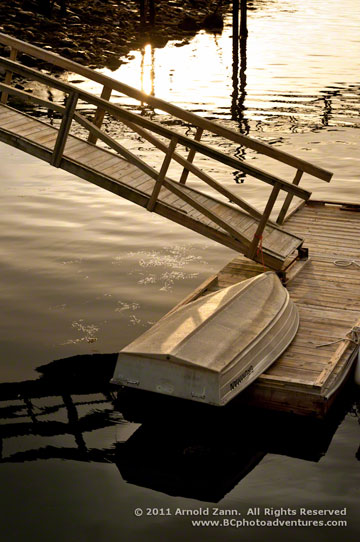
Mid-coast, Maine
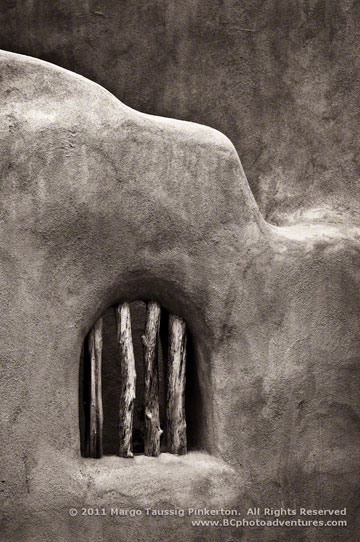
Taos, New Mexico
Q. How do the two of you vary in your approach to photography? How are you alike?
A. As noted above, we have innately different styles. Arnie tends to approach photography from a strictly photographic background, while I tend to bring a more artistic view in the sense of painting or other forms of art to my photography. We both put aesthetics and passion first.
We share the passion of photography both in the doing and as an art form. We love teaching and sharing our knowledge, and we love watching our students grow. Over time, we have mentored a number of photographers which is great. In the teaching, one is also taught.
Q. What are your greatest attributes and assets—individually and combined? This may seem egotistical, but go for it!
A. We are perfectionists and we get along really well with others. Because we love teaching and because we are so passionate about what we do, our enthusiasm is, we are told, contagious. As teachers with different backgrounds, we each approach a problem from a different point of view. The ultimate solution may be similar, but the route slightly different. This enabled us to brainstorm when we were still in the commercial world, and it allow now in our workshops, to compare notes in the messages we have been delivering to this or that participant.
We also explain things differently — that may be partly a male/female thing — so one way or another, people “get the message” we are delivering.
During our workshops, if someone has a technical question about a camera, they do better to seek out Arnie. For computer questions, I am the one to ask.
Q. Do you and Arnie “feed off of” each other’s creativity and enthusiasm?
A. Indeed! One example is when we were in Belize two years ago. Unbeknownst to each other, we were shooting botanicals in a way different from what either of us had done before. As we compared notes a couple of days later, it turned out that we were doing much the same thing. Out of that was born a large exhibition, and we certainly fed on each other’s creativity and enthusiasm. That does not mean, however, that we copied each other.
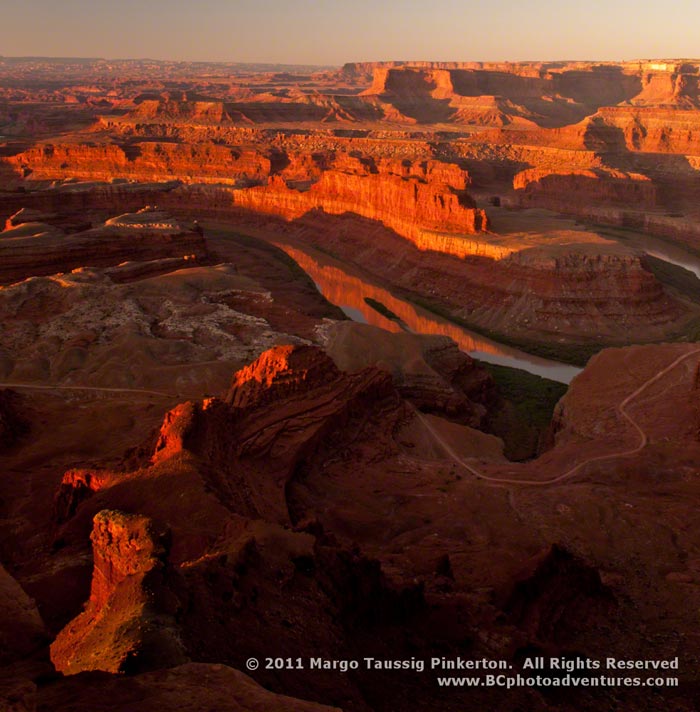
Colorado Plateau, Utah
Q. All artists have moments when their creative minds are “blocked”. How do you overcome those times of just not being able “to see” a potential image?
A. Sometimes, we find we must step away from a scene, because it does not speak to us. Arnie might show me a scene that doesn’t work for him and say, “You can make something of this,” and go off to find something that does capture his imagination and attention. At other times, I am the one to realize that xyz scene will work better for Arnie.
Q. Do you typically agree as to what makes or breaks a great photograph?
A. Mostly, but not always. This comes out in our daily critique sessions during our workshops. Different aspects have greater importance to us, so we bring a different perspective to our critiquing. The participants benefit, because as we say, “There are no right answers here, only different approaches. Some approaches, however, may be more successful than others.” Often, Arnie and I agree on an image, while at other times, one will like an image for thus and such a reason and the other will think it is weak for another set of reasons.
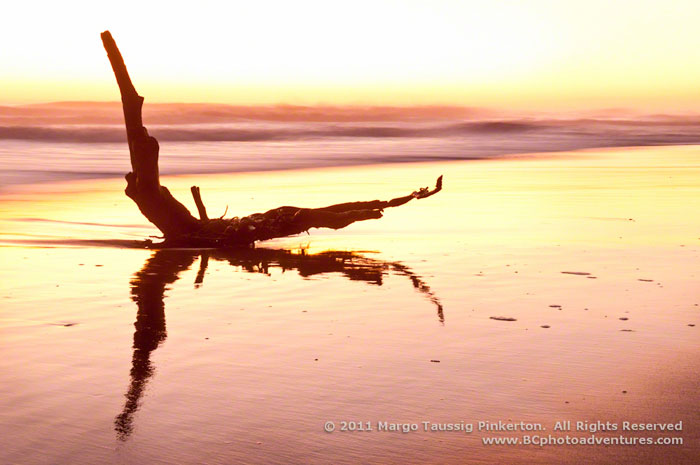
Outer banks, North Carolina
Q. Which is the most important factor for making a great image, or are they equal: your mind, your eye “to see”, your technique, or your equipment?
A. You have to start with a vision, a concept; you should execute it using basic principles of photography (or break those principles knowingly and for good purpose); and you need to use your tools to their best advantage. All that said, if you don’t bring a sense of passion and a sense of your viewpoint to the image, it is nothing. As Arnie likes to say, “Technique without passion is meaningless.”
Q. What do you feel are the most important elements needed to create those stunning images?
A. In addition to the above, the goal is to keep your viewer’s eyes traveling around within the photograph. This is done through good composition, use of color or black and white, attention to detail in not allowing “unwanted guests” to intrude into the frame, and great post processing. After all, cameras are computers. Ones and zeros… We have to take those ones and zeros and make them sing.
Ultimately, however, without what we drum into our participants — “the magic of light and the mystery of shadow” — most photographs will have the blahs. By the end of our workshops, everything is “singing” the chorus, “It’s all about the light!”
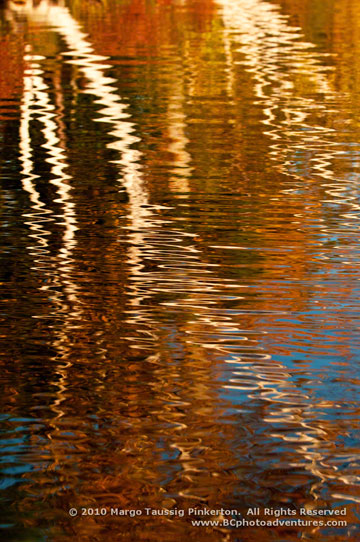
New England – New Hampshire
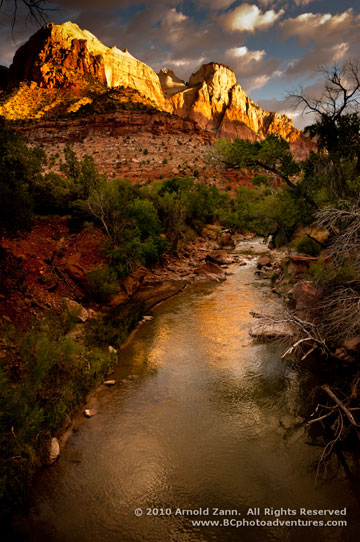
Zion National Park, Utah
Q. Do your styles of teaching this art form vary? How are they similar?
A. In the classroom, we work pretty seamlessly back and forth. In the field, Arnie tends to point people in this or that direction and have them redo a shot if it really doesn’t work as well as it might. I am apt to stand with the person and walk him/her through the in-camera tweaking process so that they end up with an image that reflects his/her vision.
Q. How do you teach your participants to be aware of their own visions and to “see” photographically?
A.We work with our participants individually, help them determine what attracted them to the scene, then encourage them to simplify and isolate their subjects.
The daily critiques really help in this, and as the days progress in the workshop, we get tougher and the fellow participants dare to be more honest. In all cases, however, we are encouraging and tactful. One can almost always find things of merit in a photograph, so we never want to put the photographers down, rather encourage them to improve and show them how they might better accomplish their vision the next round.
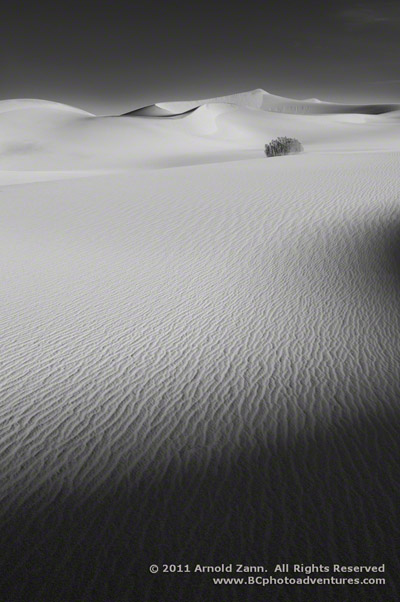
Death Valley, California
Q. What do you feel is different about you and Arnie’s approach to teaching from all the others who teach photography?
A. We really put our students first, and we are with them the whole time. Well, not quite; if they are asleep in bed or in the loo, we are not with them!
With galleries, we put the student galleries up long before we get to ours. After all, they are the stars in our view.
We want to send them home with the tools to continue to grow as photographers long after they leave us, and above all, we want them to have fun. If people are having fun, they are not uptight, and if they are not uptight, they are more open to trying new things. Also, they are getting more from their fellow participants.
Q. We all learn from each other. What are a few things that your workshop participants have taught you?
A. There is no question that in our workshops, it is a collaborative effort. We learn from our participants; they learn from us; and they learn from one another.
It might be a post-processing technique, perhaps a way of composing, or it might be that they turned around and saw something different.
Q. You just met someone who is interested in photography. How would you encourage them to move forward?
A. Take chances. Don’t be afraid to make mistakes. Remember, many inventions were likely “mistakes” that turned out amazingly well.
Go to museums and art galleries and study the Masters of both painting and photography. Art is art is art.
Don’t get sucked into a lot of the jargon out there–put out in some cases by people who have never earned their living with their photography. Trust your instincts, and if it feels right to you, go for it, regardless of what the “experts” might say.
That being said–listen to those whom you respect.
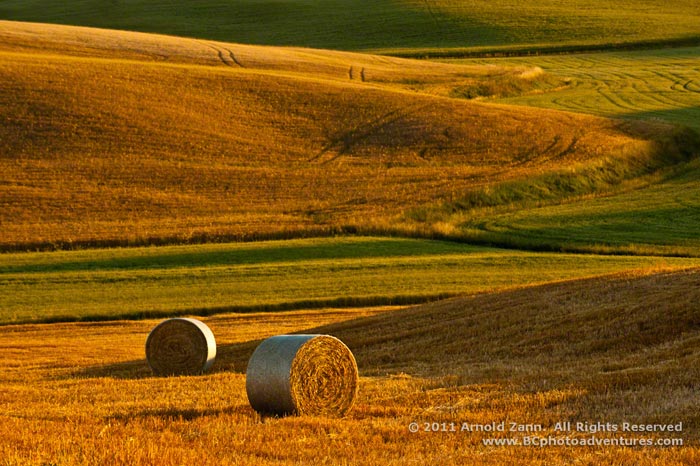
Tuscany, Italy
Q. And of course, an obvious question—how did you come up with the name “Barefoot Contessa” in the Barefoot Contessa Photo Adventures?
A. That’s a fun one. Many years ago, back in 1970, a friend gave me the moniker The Barefoot Contessa because of my habit of entertaining in a long skirt, my hair down to my waist, and … bare feet, of course. He said I reminded him so much of Ava Gardner in the movie of the same name. When I started Barefoot Contessa Adventures, the precursor to the current name, I was leading trips into the wilderness, sometimes north of the Arctic Circle in Alaska canoeing down National Wild & Scenic Rivers. The tag line was. “Wilderness adventures with a touch of elegance.” The name Barefoot Contessa seemed to give the idea of elegance.
The business was established and already had a history of teaching photography, so when Arnie and I joined forces, we altered the name slightly and put the emphasis on the photography with the adventures second.
I had the pleasure of meeting Margo and Arnie and joining in for a short time while they were in the mist of giving a workshop in Savannah, Verdana. I can’t thank you enough for the time you spent with me and for giving me the opportunity to tap into your wealth of knowledge.
By Marla Meier, Apogee Photo Editor
Article: © 2012 Marla Meier. All rights reserved.


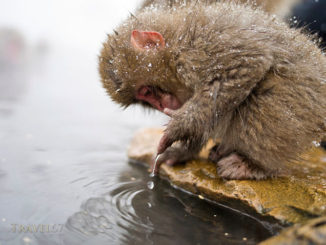
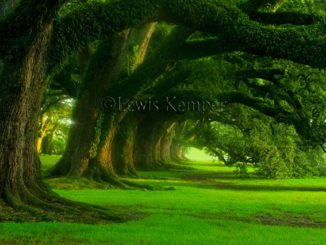
Leave a Reply